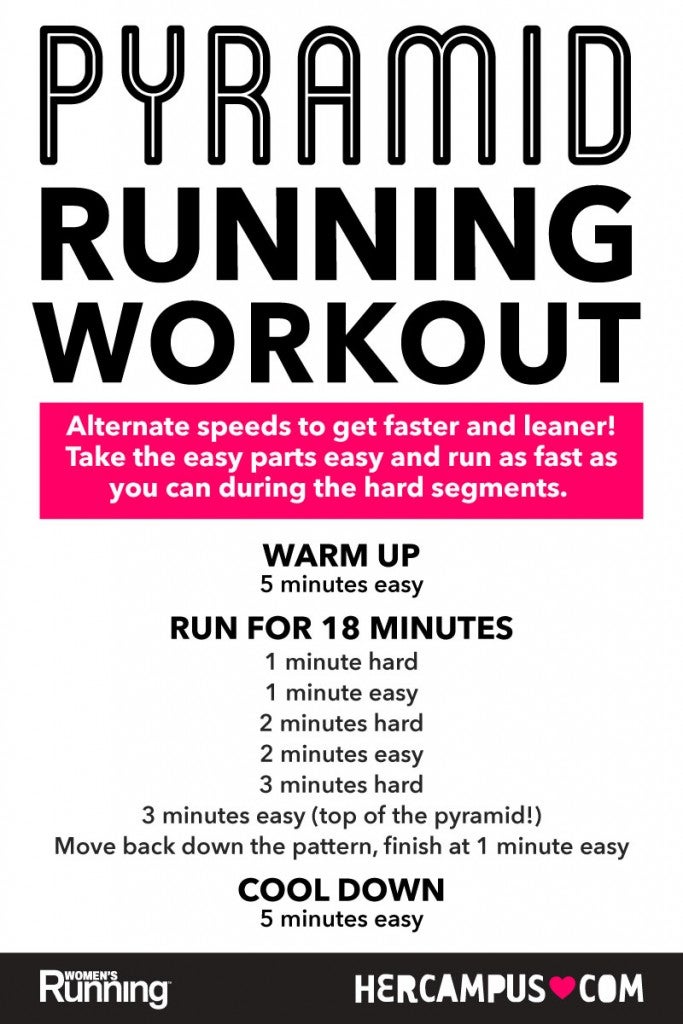Master Your Running Workout: Effective Strategies for Success
Master Your Running Workout: Effective Strategies for Success
Blog Article
The Ultimate Overview to Handling Pain When Running
For runners, experiencing discomfort throughout runs is not unusual, and knowing how to effectively take care of and prevent it can make a substantial difference in your general performance and satisfaction of the sporting activity. Whether you are a seasoned marathoner or just beginning your running trip, recognizing the various sorts of pain that can occur and the strategies to address them is crucial. From pre-run workout regimens to proper shoes option, there are many factors to consider when it involves handling pain while running. This detailed overview will furnish you with the expertise and tools necessary to browse through the pain and encourage you to attain your running objectives with higher ease.

Understanding Different Sorts Of Running Pain
When running, it is important to differentiate between various sorts of discomfort to avoid injuries and make best use of efficiency (Read More). One common kind of pain that runners may experience is muscular tissue pain, which generally arises from the stress and anxiety placed on muscles throughout exercise. This kind of pain is often a typical part of the running procedure and can be handled with correct workout, cool-down, and stretching regimens
One more kind of pain to be familiar with is joint pain. Joint pain can suggest problems such as overuse, inappropriate form, or underlying conditions like arthritis. Neglecting joint pain can cause a lot more extreme injuries, so it is important to address any type of discomfort without delay and possibly seek professional guidance.
In addition, sharp or stabbing discomforts ought to not be disregarded. These kinds of pain can signal intense injuries such as pressures, sprains, or anxiety fractures - running strategy. Continuing to go through these types of pain can exacerbate the injury and prolong recuperation time

Pre-Run Workout and Extending Routine
To prepare the body for a running session, applying an effective pre-run workout and extending regular is vital. A correct workout assists increase blood circulation to the muscle mass, improves adaptability, and decreases the threat of injury throughout the run. By including a consistent pre-run workout and stretching regular right into your running routine, you can maximize performance and reduce the danger of pain or injury.
Proper Footwear Selection and Fit
When picking operating shoes, it is vital to take into consideration aspects such as foot type, running stride, arch support, cushioning, and footwear size. Seeing a specialized running shop for a gait analysis and professional fitting can assist guarantee that you select the right footwear for your individual requirements. Investing in top quality footwear that is proper for your running style and foot anatomy is a positive step in the direction of avoiding discomfort and injuries during your runs.
Nutrition and Hydration Tips for Pain Avoidance

Hydration is similarly vital for joggers to stay clear of pains, dehydration, and various other pains that can lead to discomfort during running. By focusing on nourishment and hydration, joggers can boost their performance, minimize pain, and enjoy a more comfy running experience.
Post-Run Healing Techniques to Relieve Pain
Implementing effective recovery techniques is important for reducing discomfort and promoting muscular tissue recuperation after running sessions. One essential post-run healing technique is extending. Incorporating static stretches for major muscle mass teams can aid minimize muscular tissue stress and pain. Foam rolling is an additional beneficial method to launch muscle mass rigidity and enhance blood circulation to the muscles, assisting in quicker recuperation. Furthermore, icing aching locations for 15-20 minutes can help in reducing swelling and numb discomfort post-run.
Hydrating effectively post-run is critical for renewing fluids shed throughout workout and aiding in muscle mass recuperation. Taking in a well balanced snack or dish that includes protein and carbohydrates within 30 minutes of ending up a run can assist fix muscle tissue and renew energy shops. Furthermore, obtaining sufficient remainder is crucial for enabling the body to repair and strengthen muscles. Including energetic healing tasks such as light walking or swimming can also assist promote blood circulation and lower muscle rigidity - Read More. By integrating these post-run recuperation strategies into your regimen, you can efficiently manage pain and optimize your running efficiency.
Conclusion
In verdict, attending to different sorts of running pain with correct warm-up, stretching, footwear option, nourishment, hydration, and post-run recovery strategies is crucial for discomfort prevention and monitoring. By understanding the reasons of discomfort and implementing these strategies, joggers can minimize pain and prospective injuries. It is important to focus on general physical health and well-being to make certain an effective and pleasurable running experience.
Report this page